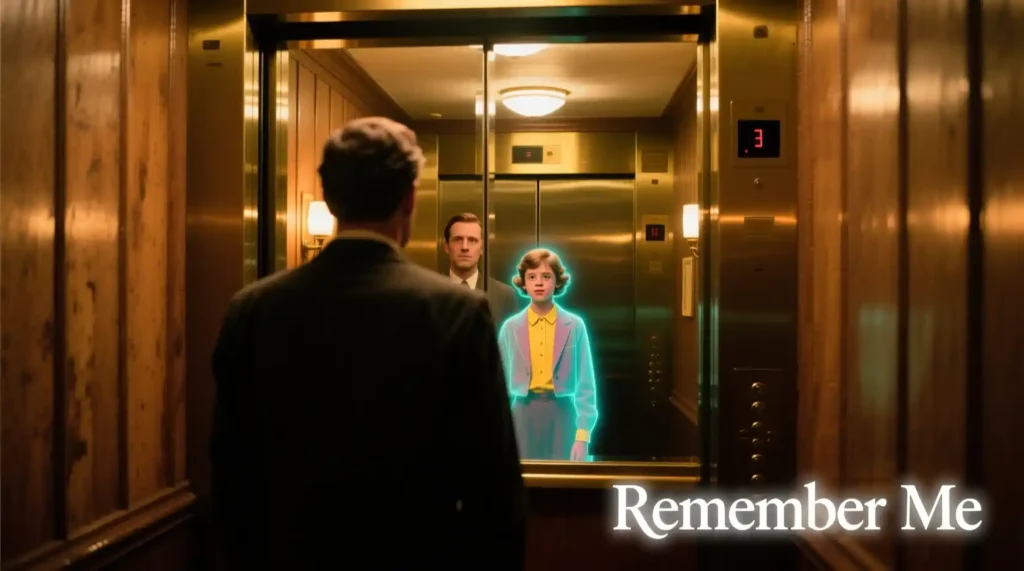
The AI Elevator Photo Trend That’s Making TikTok Feel Human Again
Picture this: an elevator hums softly under gold light. The doors slide open, and inside stands someone who shouldn’t be there—your younger self, a lost friend, a version of you that never got to say goodbye.
That simple image is the hook for TikTok’s newest obsession: the AI Elevator Photo Trend. Creators use AI tools to make still, cinematic moments that read like private memories. It’s not about special effects. It’s about small, honest scenes that make strangers stop scrolling.
Some call it gimmicky. Some call it brave. For many, it’s a quiet place to remember.
Where It All Began
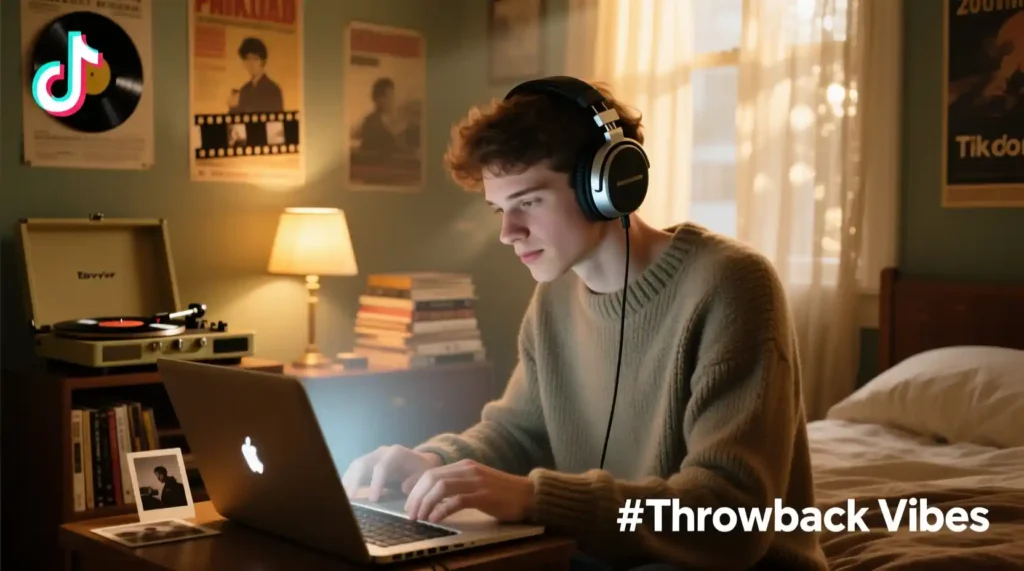
In late September 2025 a few AI artists on TikTok started testing elevator prompts—combining grainy light, soft music, and faces from different photos. They tagged their posts #AIElevatorPhoto, and the idea spread fast.
TikTok’s format—one image, a sound clip, and a short caption—made these posts land in seconds. People reacted the same way they do to other emotional clips: they paused, they commented, they shared something personal. The trend felt less performative and more like a shared breath.
Soon other platforms picked it up, but TikTok stayed the place where the idea felt most immediate and intimate.
The Look and Feel
Open your feed and you’ll see the visual pattern: brushed metal walls, muted lighting, faces half-reflected in glass. Edges are slightly blurred. Shadows double. The small imperfections—an odd reflection, a soft blur—make the images feel lived-in, not manufactured.
They don’t aim for clean realism. They aim for the look of a memory you almost remember exactly.
Why TikTok Fell in Love with It
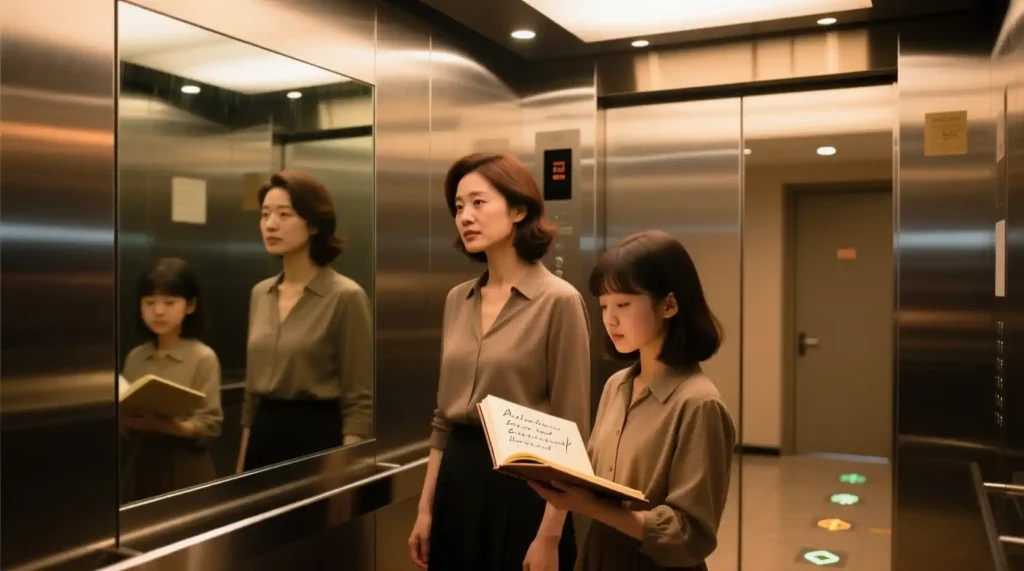
Everyone has a person they’d ride one elevator with if they could. That idea—that short, impossible moment—makes the trend hit a lot of different people.
Comments read like mini-letters: “I wish I could tell her I forgave her.” “My dad would have loved this.” Instead of showing off, people are sharing. That communal feeling—strangers admitting what they miss—changed the tone of whole threads.
Proof It Works — Sarah’s Story
Sarah, 26 and from Austin, is a cooking creator. She posted recipe clips that did okay, but nothing huge. One night she tried the elevator trend: she created an AI image of herself standing with younger-me, holding a tattered recipe notebook. Caption: “She didn’t know it would all work out.”
That single post hit 1.2M views and grew her followers from 2K to 15K in three weeks. The comments weren’t just praise—they were stories. People wrote about their first meals, their lost mentors, their small wins. Sarah’s post made room for those conversations.
That reaction is the pattern: when creators combine a clear emotion with a simple image, people respond. The AI helped make the image. The human brought the meaning.
The Tech Behind the Feeling
The tools aren’t exotic: CapCut edits, Remini touch-ups, TikTok filters, and a few AI image generators. What matters most is the prompt you give.
Creators write direct prompts like:
- “Me in an elevator with my grandfather who passed.”
- “Future me smiling with the version of me who left.”
- “Reflection in elevator mirror is my teenage self.”
Those lines aren’t ornate—they’re honest. The AI doesn’t invent the feeling; it renders a scene based on a simple wish. That clarity is the trick: plain words, strong feeling.
The Art and Ethics of AI Memory
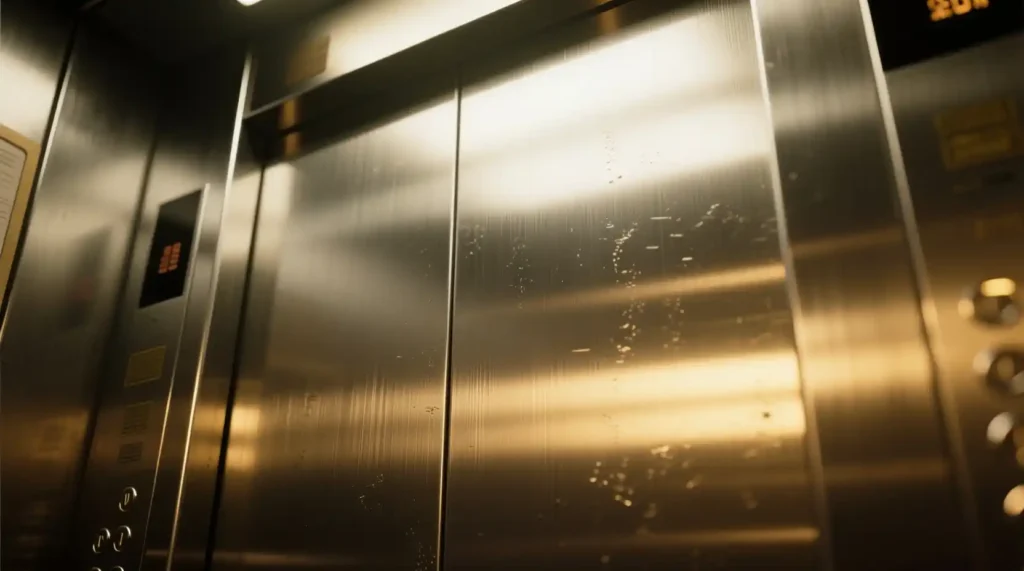
This trend pushed a real debate. When a creator posted an image of herself beside her late mother, many viewers called it healing. Others said it felt like pretending.
That conflict raised two clear questions:
- Can AI help people process grief? For many, yes—images can open conversation, allow private mourning to be shared safely.
- Does it risk creating false memories or disrespect? Sometimes. If creators present AI images as actual photos without context, viewers can be misled.
Most makers solved it the same way: a short caption or tag—“AI-generated, feeling real”—and that small honesty changed the reception. It made the work feel less like fakery and more like an offered piece of memory.
How AI Strengthens Creative Flow
Using AI this way isn’t lazy—it’s practical. AI removes the blank-page pressure. It gives a starting image. Creators then add the caption, the sound, the pause.
This rhythm—AI for structure, human for heart—lets people create more often without sounding the same. It keeps the work personal and repeatable.
Conclusion — What the AI Elevator Photo Trend Reveals About Us
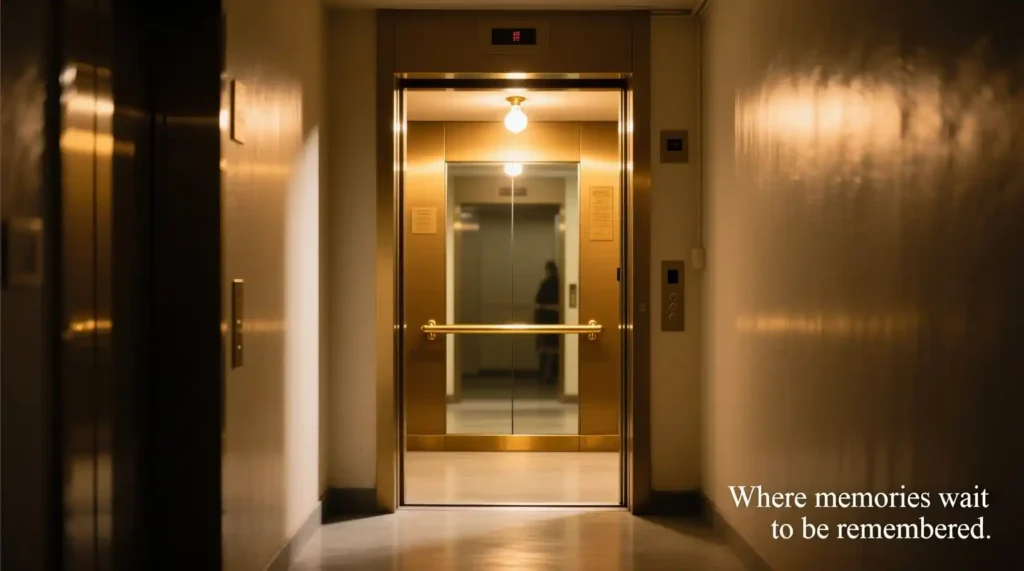
This trend isn’t mostly about tech. It’s about wanting to be seen across time. The elevator is a small stage where people can face what they miss, say the thing they didn’t get to say, or simply hold a better picture of the past for a moment.
AI can fake light and reflections. It can’t fake a memory’s weight. That part still belongs to us.
Try it: make an image, write one honest line, and watch what people share back. If it moves you, share it. If it doesn’t, keep scrolling. Either way, the doors are open for a minute.
FAQ: AI Elevator Photo Trend
1. What is the AI Elevator Photo Trend?
A viral TikTok trend where creators use AI to craft images of themselves (and sometimes others) standing in cinematic elevator scenes that symbolize reflection, memory, or imagined reunions.
2. Which tools do people use to make them?
Most use TikTok filters, CapCut, Remini, or AI generators like Midjourney and Fotor. The process is simple: upload a photo, give a prompt, and adjust lighting or realism.
3. Why did it become so emotional?
Because the images often show people reconnecting with someone they miss or with their former selves. The elevator environment feels symbolic—private, quiet, suspended in time.
4. Has the trend faced criticism?
Yes. Some critics call it performative grief or an AI gimmick, while others see it as a modern way of processing emotion through art. The honesty of the caption usually determines how people receive it.
5. Can anyone participate?
Yes. You only need one photo and a simple idea. The best posts focus on genuine feeling rather than technical perfection.
6. What makes this trend different from others?
It’s not about showing off creativity but expressing vulnerability. It blends personal storytelling, photography, and AI in a way that feels raw and relatable.

Pingback: Reddit aI Answers: How It Changes Browsing - zadaaitools.com